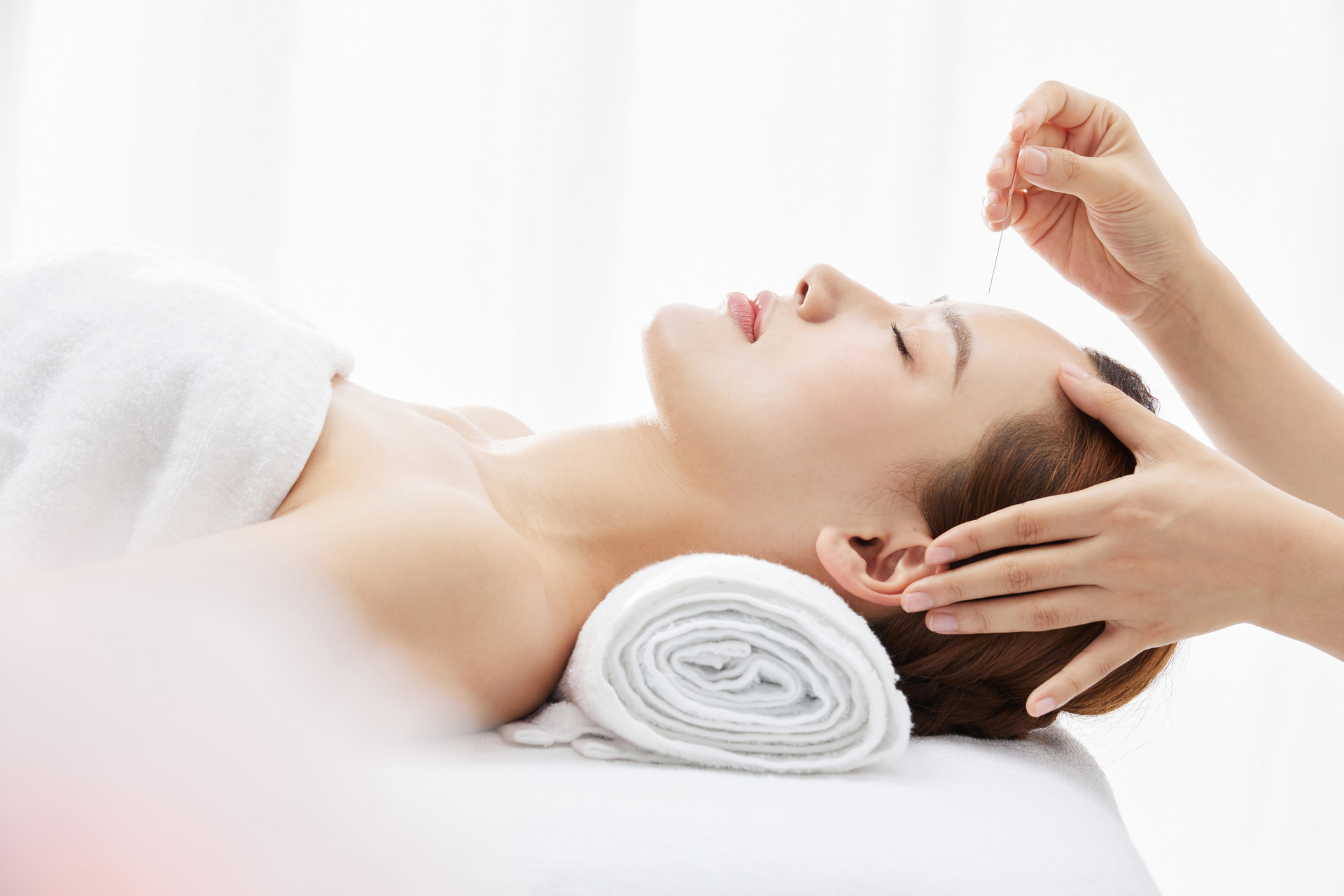Acupuncture therapy in traditional Chinese medicine can treat many diseases. Many diseases that cannot be cured by other methods or have a long treatment period and poor effect can be treated with traditional Chinese acupuncture. Next, let me introduce the acupuncture therapy for treating headaches. Let's take a look!
Nutritional Therapy
Food-induced headaches vary from person to person. Some people get headaches after drinking red wine or eating cheese. Find out your trigger foods and avoid them. Suddenly stopping caffeine intake is a common cause of headaches; if you plan to quit drinking coffee, you should gradually reduce the amount. Drinking plenty of water instead of coffee will eventually make the headache disappear.
Neurological Therapy
Most people who seek medical treatment for headaches actually suffer from migraines, which can be treated with painkillers. If you need to take medication more than two or three times a week, you should consult a doctor to see if you can take preventive headache medication. Magnesium and riboflavin are also effective in preventing headaches. If the headache is new and severe, it may be a sign of a serious illness.
Acupuncture Therapy
This therapy involves needling specific points based on different symptoms (such as fatigue, dizziness, irritability, etc.) and pain types (one side or both sides, dull pain or sharp pain, throbbing pain or stabbing pain). Some people find acupressure to be very effective: for forehead pain, apply strong pressure to the hoku point (the depression between the thumb and index finger) for about a minute; if the pain is on both sides of the head, apply pressure to the top of the foot between the big toe and the second toe.
Aromatherapy
Take a teaspoon of olive oil, mix it with two drops of peppermint oil, and apply it to the forehead and temples for a cooling and pain-relieving effect. In addition, you can also dip a cotton ball in two drops of lavender oil, citrus oil, or clary sage oil and sniff it for 2-3 minutes in front of your nose.
Headaches are actually a signal of the body asking for help; if the condition is severe, a thorough examination should be conducted to confirm whether it is a sign of a serious illness. Properly managing the causes of headache triggers, such as stress, environmental toxins, and lack of sleep, can help prevent recurring headaches. Medications may have side effects, so it is best to take as little medication as possible, and you can relieve the pain by applying pressure to the midpoint between the eyebrows or just above the temples.
Diagnostic and Therapeutic Differentiation
1. Wind-Heat Headache
Symptoms: Fever with aversion to wind, thirst, stuffy nose, headache, prefers coolness and dislikes heat, thin yellow coating on the tongue, floating and rapid pulse.
Acupuncture: Key points - Fengchi, Fengchi, Waiguan, Taiyang. Supplementary points - Shangxing, Yintang for frontal headache.
2. Wind-Cold Headache
Symptoms: Fever with aversion to cold, stuffy nose, runny nose, no sweating or thirst, sore and painful back, migraine, prefers heat and dislikes cold, white and slippery coating on the tongue, floating and slippery pulse.
Acupuncture: Dazhui, Fengchi, Lieque, Houhoutou. Supplementary point - Kunlun for occipital headache.
3. Wind-Damp Headache
Symptoms: Mild fever with aversion to wind, sore joints, heavy headache, body ache all over, worsens with wind, dark and rough urine, greasy coating on the tongue, floating and slow pulse.
Acupuncture: Key points - Fengchi, Dazhui, Fenglong, Touwei. Supplementary points - Sanyinjiao, Yinlingquan.
Conclusion: After reading so many methods for treating headaches, especially these small methods using traditional Chinese acupuncture therapy, readers should have a clear understanding! Yes, traditional Chinese acupuncture therapy is indeed magical. Interested readers can bookmark this article!










